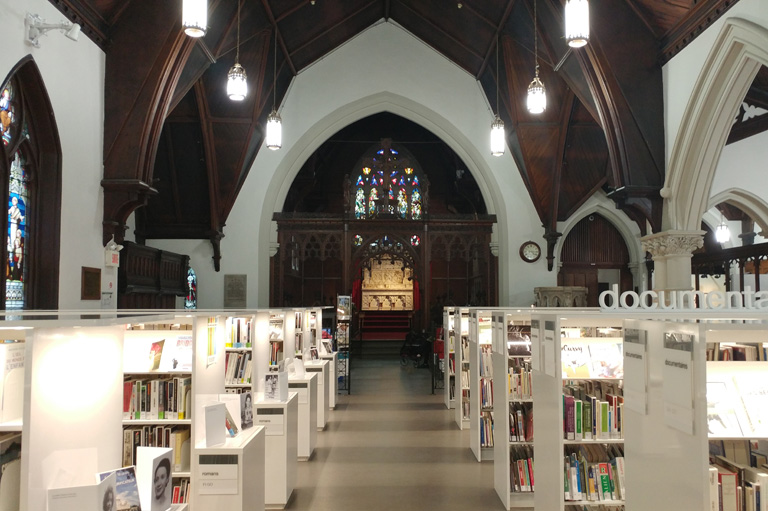Class Dismissed
At one time, they dotted the landscape: rudimentary buildings, often painted white, free of luxuries like plumbing or electricity. Generations of Canadians learned their ABC’s in one-room schools.
Often built on donated land with funds raised among neighbours, these schools became the centre of their communities. They hosted picnics, nail-driving contests, pie-eating competitions, thread-the-needle races, rowing matches and even pole-vaulting events. They were the venue for Christmas concerts, socials, dances, card parties and political meetings.
In 1871, 80 per cent of Canada’s population lived in rural areas. By 1961, that number was down to only 30 per cent. Increasingly, rural kids were bused to larger schools in nearby towns, so the old one-room schools fell into disuse.
These days, most of the remaining one-room school buildings tend to be museums or community halls. In most instances, they were salvaged and restored by members of the community, often people who had once attended classes there. When these volunteers pass away, it’s not clear who will take over the care of these lovely relics of time past.
With 7 uniquely curated newsletters to choose from, we have something for everyone.
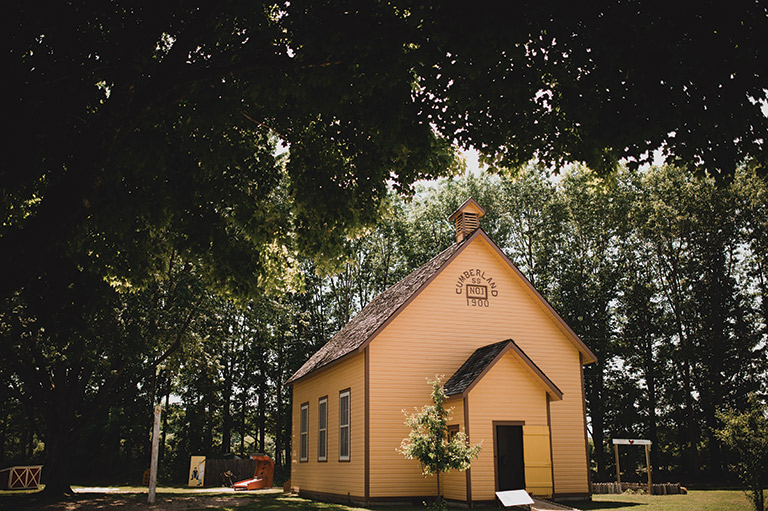
French Hill School
Cumberland Township, Ontario
French Hill School — formally known as S.S. (School Section) No. 1 Cumberland — was built in 1900, replacing an earlier log schoolhouse.
In this community about 30 kilometres east of Ottawa, children from Grades 1 to 8 received their education mainly in English, although there was some French-language instruction. The school closed in 1936. In 1977, the building was moved to Cumberland Heritage Village Museum, where visitors can experience life in rural eastern Ontario in the 1920s and ’30s.
Advertisement
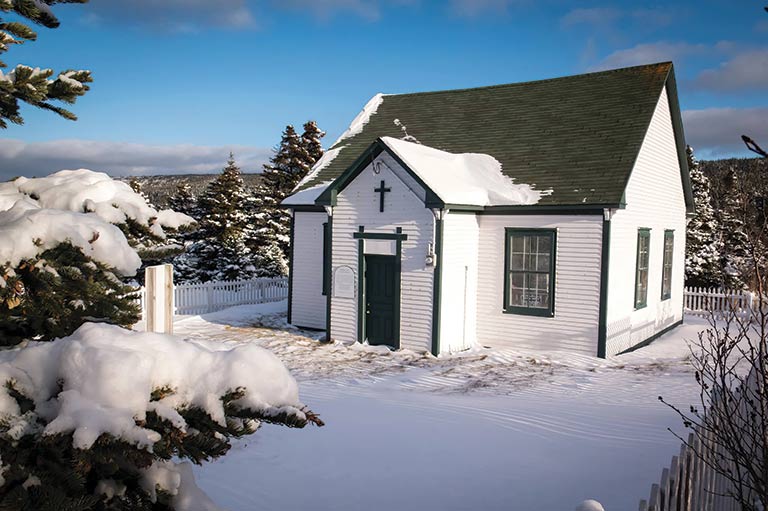
Blackhead One Room School & Church Museum
Blackhead, Newfoundland and Labrador
Bonita Ryan wants you to know that Blackhead is the easternmost community in North America. Cape Spear may be the easternmost point, but Blackhead — about 12 kilometres southeast of St. John’s — is the easternmost community. At its peak, about 200 people called Blackhead home, most of them Catholic immigrants from southern Ireland.
The school, which sometimes doubled as a church, was built in 1879. One teacher, Mary Ellen Carter, took up her post at the age of 18. Besides their ABC’s, she taught the girls knitting and embroidery, and she introduced French as a second language long before official bilingualism. Carter taught for 18 years until she met and married John Fitzgerald; married women were not allowed to work.
The school closed in 1965, and church services ended in 1989 as a result of dwindling attendance and a sex-abuse scandal. The building sat vacant until 1996, when Ryan and her neighbours formed a committee to save it, buying it from the archdiocese for one dollar. It’s now open to the public on weekends in July and August.
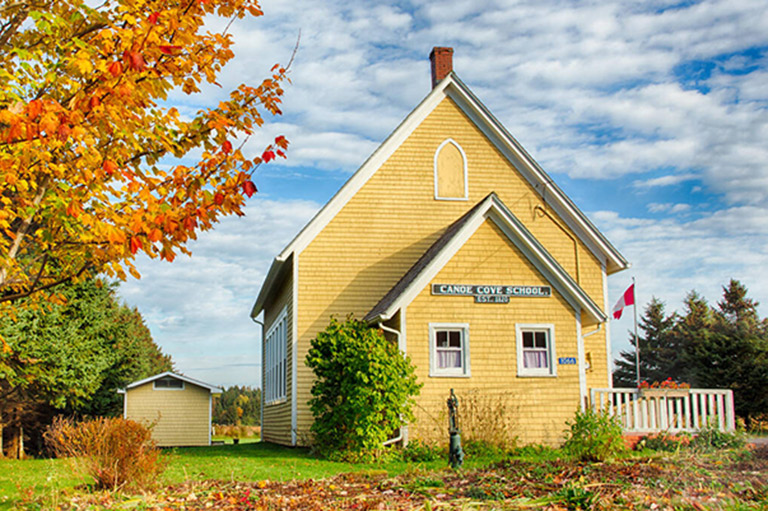
Canoe Cove School
Canoe Cove, Prince Edward Island
Three years before creating his famous portrait of the Fathers of Confederation, artist Robert Harris captured a classroom scene in his 1880 painting School House at Canoe Cove.
Built around 1850, the school served a largely rural community on Prince Edward Island’s south shore, populated by Scottish Presbyterians whose ancestors had emigrated during the Highland Clearances of 1750-1860.
In the early days, most of the students (and teachers) had names like McKinnon, MacEachern, McNeill and McDougall. The school record for July 2, 1884, shows that the teacher, Mr. MacNevin,had 64 students ranging in ages from six to 16, although only 38 were in attendance that day; during the summer months, kids were needed to help out around the farm.
The school closed in 1972, and students were bused into nearby Cornwall. The following year, the Canoe Cove Women’s Institute bought the building and later renovated it with funds raised at yard sales and bake sales. It’s now run by the Canoe Cove Community Association.
Save as much as 40% off the cover price! 4 issues per year as low as $29.95. Available in print and digital. Tariff-exempt!
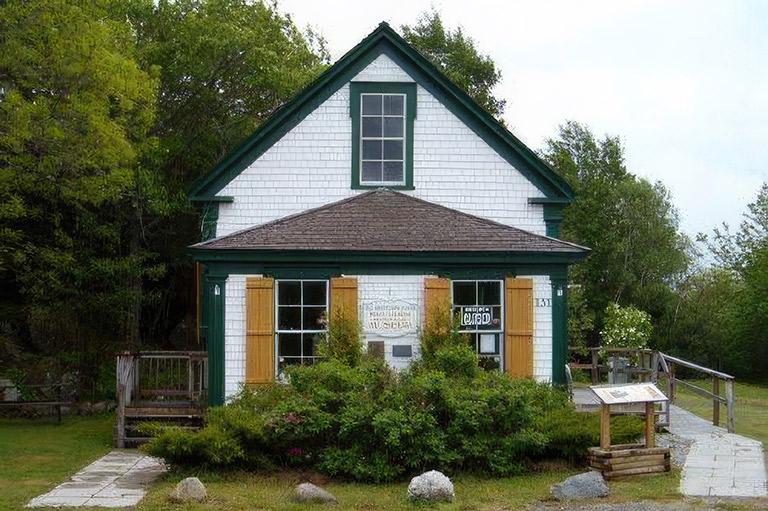
Old Birchtown School
Birchtown, Nova Scotia
They came by the boatload to Shelburne, N.S. — Black Loyalists fleeing the United States. Between 1783 and 1785, more than 3,000 people arrived in what was then a British colony. Many of them stayed in the Shelburne area, creating a new community overlooking the harbour. It was the largest free Black community in North America.
A school for the Black children of Birchtown was established in 1785 with 36 students and Stephen Blucke, an influential community leader, as the teacher. The existing building, however, dates to the 1830s.
Jesse Corrigan, who works at the Black Loyalist Heritage Centre in Shelburne, attended the school before it closed in the 1960s. She recalls that it had separate entrances for boys and girls, a potbelly wood stove and an outhouse. By her time, there were both Black and white students. Classes only went up to Grade 6; for higher grades, the kids had to go to Shelburne.
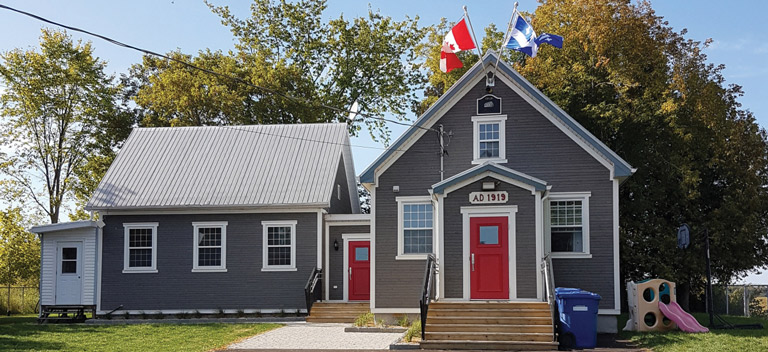
Soulanges Elementary School
Saint-Télesphore, Quebec
On school-year weekdays, 27 elementary-aged children flock to the bilingual Soulanges Elementary School. Marie-Helene Townshend teaches kindergarten to Grade 2 in the morning, while her English-speaking partner, Kate Clare, takes on the kids in Grades 3 to 6. In the afternoon, they switch.
“We end up being a little family where all the children are helping each other all the time,” says Townshend. Although there were two earlier schools in Saint-Télesphore, a rural community about 80 kilometres west of Montreal, the present building dates from 1919. It cost $1,900 to build, and the first teacher, Miss Cox, had 26 students in Grades 1 to 7.
For many years, it was a classic little white schoolhouse. But in 1997, with the threat of closure looming, parents and community members raised funds to build an addition. In 2018, the white siding was replaced with grey, but the bright-red doors were retained. It remains the cutest two-room school in the country.
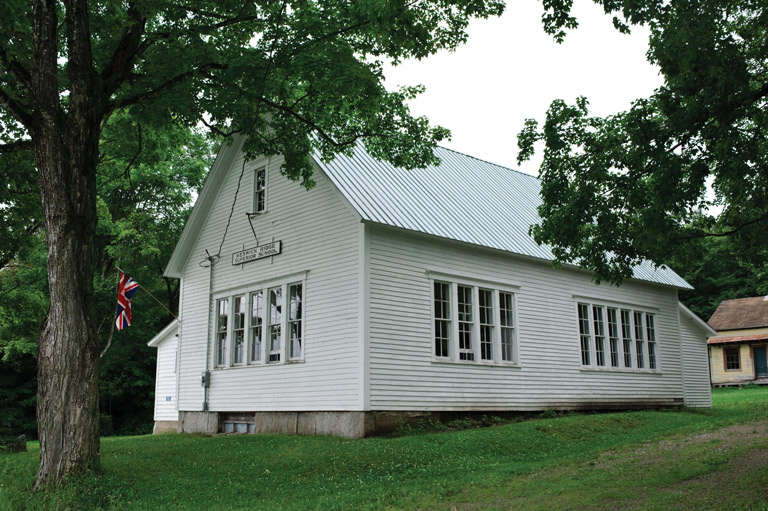
Keswick Ridge Superior School
McKeen’s Corner, New Brunswick
Residents of the Keswick Ridge area in central New Brunswick wanted their children to be able to go beyond Grade 7, which meant they needed a “Superior” school. To qualify, the community required a minimum of 10 students in Grade 8 or higher, a building with two classrooms — one for the younger students and one for the older students — and a licensed teacher for each.
In 1885, three small school districts combined forces to meet those requirements. They built a school on donated land between McKeen’s Corner and Keswick Ridge. The school continued to function until 1969, and turned out many accomplished graduates, including a future chancellor of the University of New Brunswick.
Thirty years after the school’s closure, a group of concerned citizens formed the Keswick Ridge Historical Society and saved the building. It now serves as a community museum as well as headquarters of the historical society.
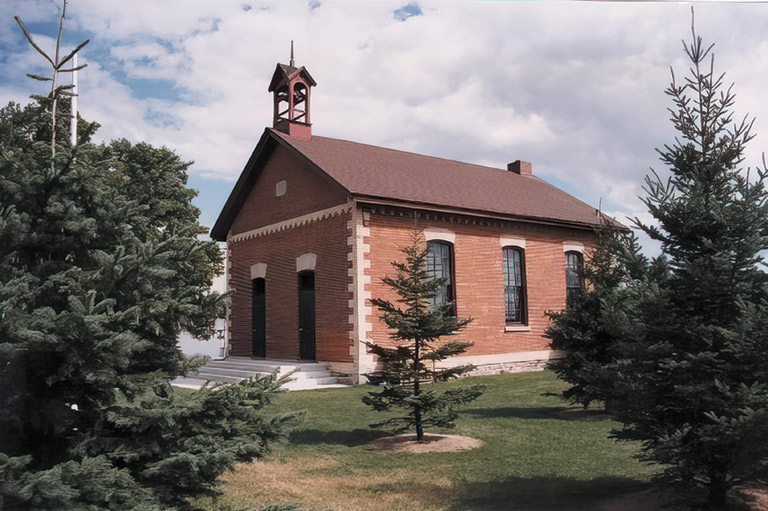
Historic Zion Schoolhouse
Toronto, Ontario
The Historic Zion Schoolhouse was built in 1864 in a farming community then known as L’Amoreaux, after Josue L’Amoreaux, a French Huguenot Loyalist who settled in the area. He was followed by a wave of Primitive Methodists — Protestant Christians who followed the original teachings of the sect’s founder, John Wesley, including holding open-air meetings and allowing female ministry. It was they who built the red-brick school, naming it Zion — an Old Testament term meaning “holy place.”
Zion Schoolhouse served the community until 1955, then sat empty until it was purchased by the City of North York (now part of Toronto) in 1963. It was restored by the North York Historical Board in 1986. Today, the little brick schoolhouse is surrounded by suburban Scarborough, a rare reminder of the area’s rural past.
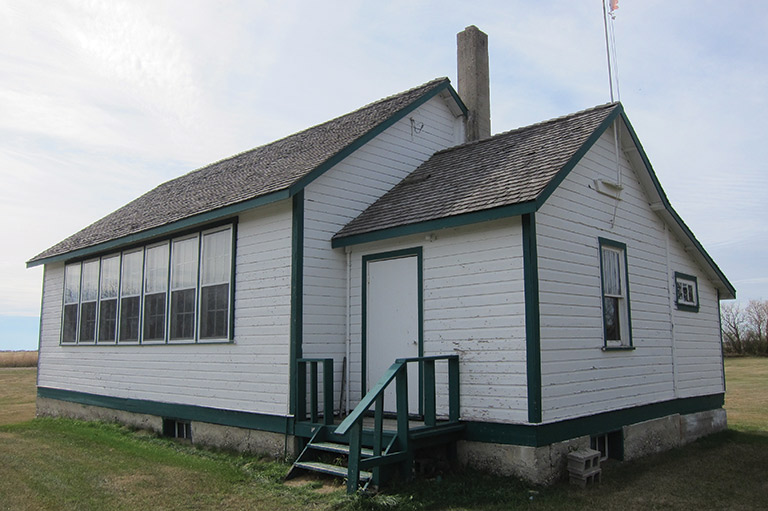
Eunola School
Edward, Manitoba
Homesteaders in the aptly named Two Borders area of Manitoba — where the Canada-U.S. border meets the Manitoba-Saskatchewan border — gathered in George Munshell’s granary in the spring of 1898 to organize the Eunola School District. They raised $508 to build the first school. That building burned down in the spring of 1937, but local residents had rebuilt it by fall.
The new building had windows along one side, high enough that students couldn’t see outside while seated. The teacher’s desk was a sturdy table with a drawer that held the register, for taking attendance, and a strap for punishing unruly students. On the front porch were benches, hooks for jackets and lunch boxes, along with a water pail and a dipper.
Initially, the school ran only during the summer months — and only to Grade 8. Students walked to school, often barefoot, requiring the teacher to tend to cuts and blisters from a small first-aid kit.
One teacher, Agnes Haight, was 16 years old and just out of normal school when she took over at Eunola School in 1906. She organized the first of many summer picnics and used her budget of $10 to import ice cream from nearby Pierson — a delicacy many of her students had never tasted before.
Advertisement
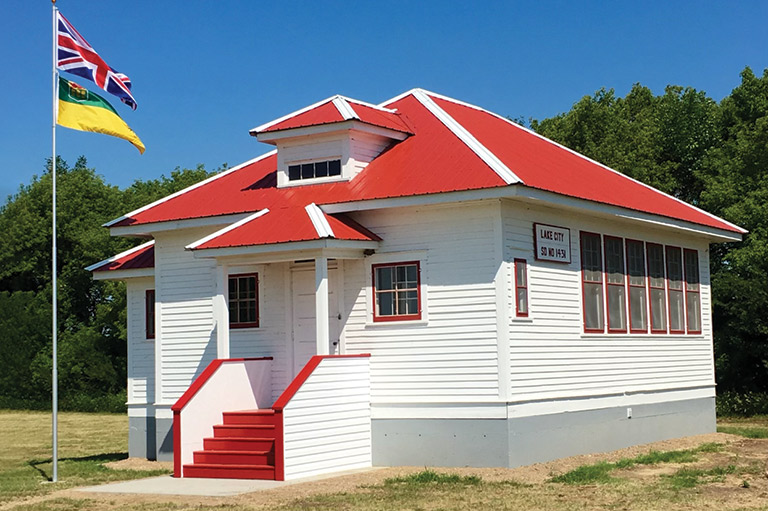
Lake City School
Imperial, Saskatchewan
Evan Gullacher lucked out. Lake City School was built in the 1930s along Last Mountain Lake, located on a corner of his family’s farm. His walk to school was about 15 minutes; other kids walked for as much as an hour each way.
Gullacher attended the school for two years, until it closed in 1959, after which kids were sent into Imperial, roughly halfway between Regina and Saskatoon.
When the old school closed, Gullacher’s father bought the acreage. The building stood empty until 2013, when the roof began to leak. Gullacher replaced the roof, restored the interior and moved the whole building onto a new foundation. His eldest son now lives on the farm. Gullacher lives in town but will take you on a tour of the school upon request.
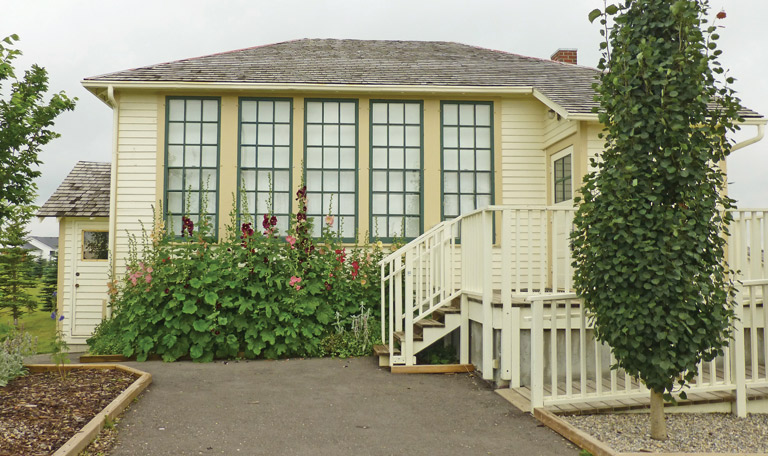
Bearspaw School
Rocky View County, Alberta
Opened on Aug. 3, 1920, Bearspaw School is northwest of Calgary on the traditional territory of the Blackfoot Confederacy, now governed by Treaty 7. No First Nations children ever attended the school, but the area was named after Chief Masgwaahsid of the nearby Stoney-Nakoda nation, otherwise known as “Bearspaw.”
The Bearspaw area was settled by dairy farmers who got together in 1919 to form School District No. 3851. It covered nearly 5,000 hectares and had a population of only 63 people, including 17 school-aged children. They purchased a site along the old Morley Trail for $99 and built a school with a capacity of 23 students.
The school operated until 1965, when children began to be bused into nearby Cochrane for classes.
Like many other one-room schools, the building was neglected and fell into disrepair — until the Bearspaw Historical Society did extensive renovations and reopened it in 2004.
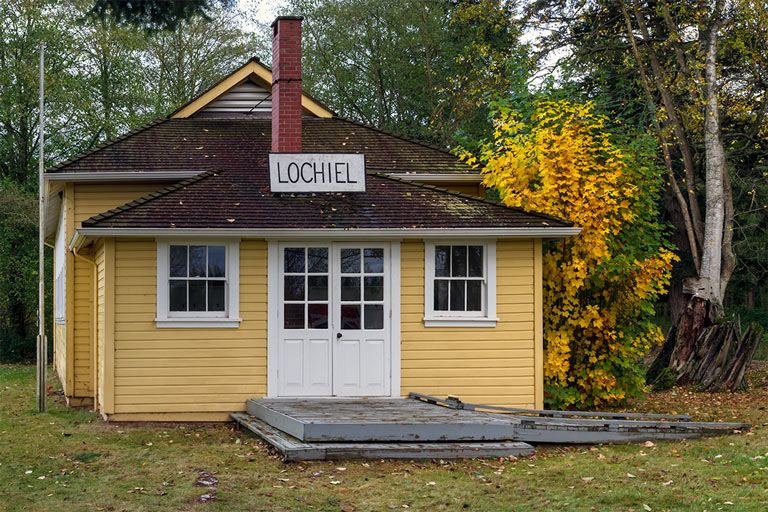
Lochiel Schoolhouse
Langley, British Columbia
The original schoolhouse in Langley was built on land owned by the Biggar family and called the Biggar Prairie School. The local newspaper reported a successful picnic at the end of the 1891 school year, complete with bagpipes, games and dancing. Three years later, however, following a bitter dispute, the Cameron family renamed the school “Lochiel” after the chief of Clan Cameron in Scotland.
A new school was built in 1924 and was used until 1975, when vandals set it on fire. It sat empty until former teacher Pamela Graham persuaded the Langley Heritage Society to restore it. It was eventually moved to a new home in Campbell Valley Regional Park.
The Langley Heritage Society has now restored 30 buildings in the area just south of Vancouver.
We hope you will help us continue to share fascinating stories about Canada’s past.
We highlight our nation’s diverse past by telling stories that illuminate the people, places, and events that unite us as Canadians, and by making those stories accessible to everyone through our free online content.
Canada’s History is a registered charity that depends on contributions from readers like you to share inspiring and informative stories with students and citizens of all ages — award-winning stories written by Canada’s top historians, authors, journalists, and history enthusiasts.
Any amount helps, or better yet, start a monthly donation today. Your support makes all the difference. Thank you!
Themes associated with this article
Advertisement


